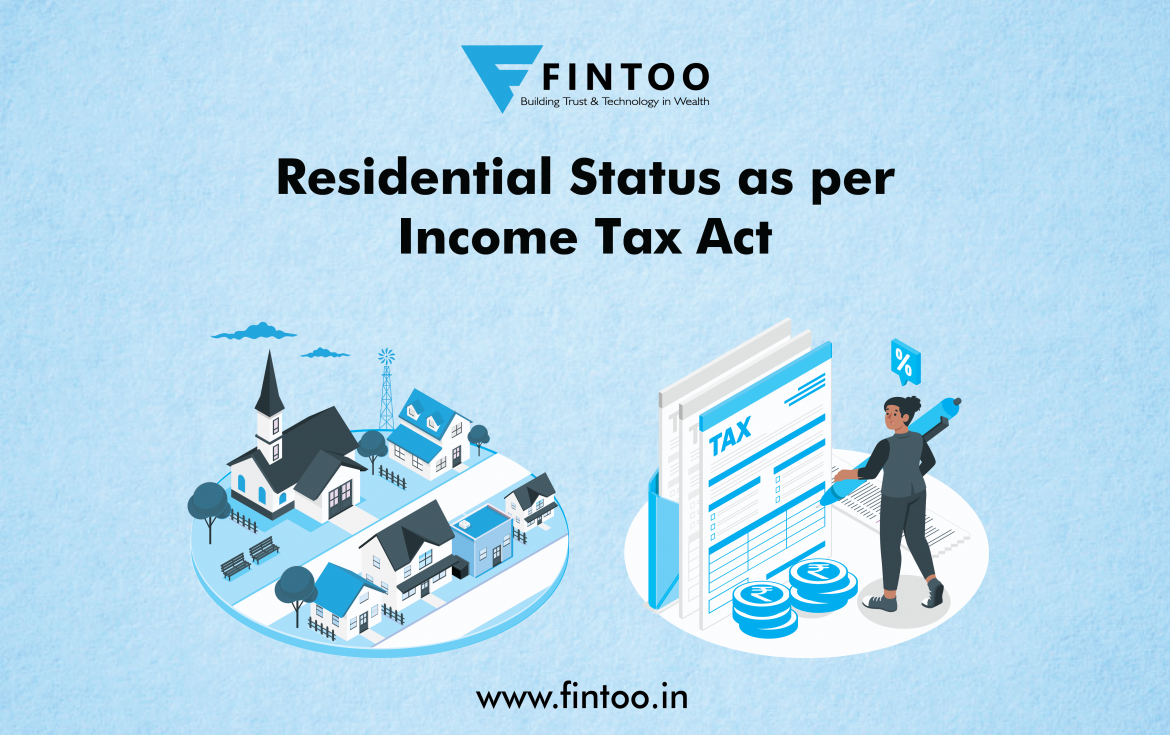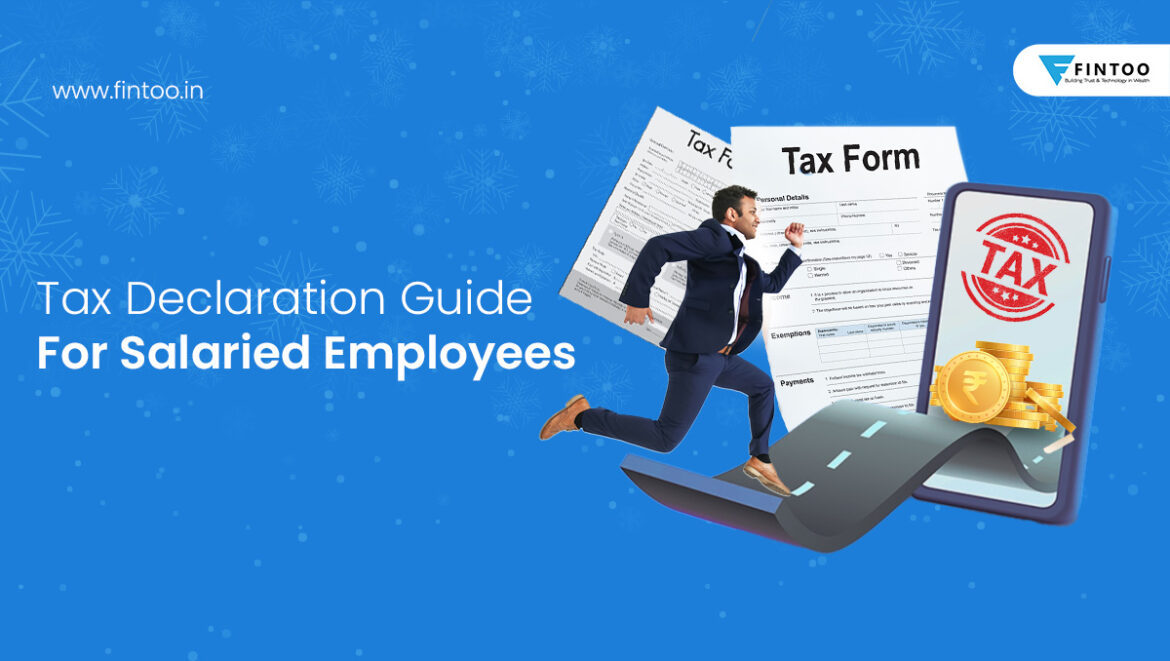

Tax Declaration Guide For Salaried Employees
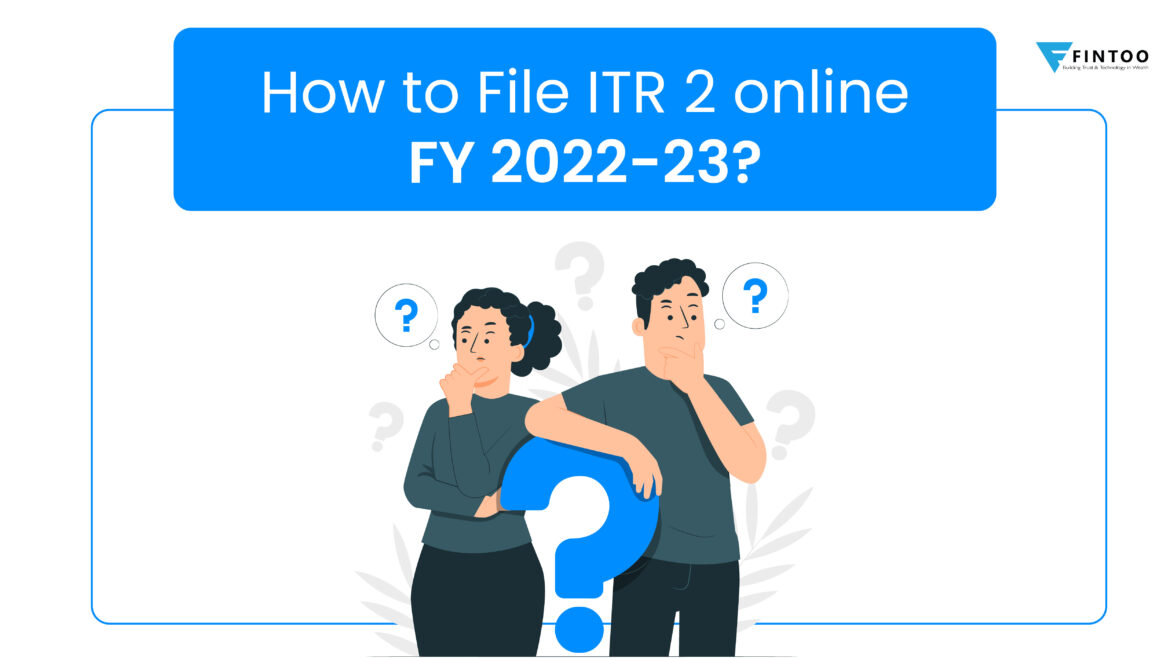

How to File ITR 2 online FY 2022-23?
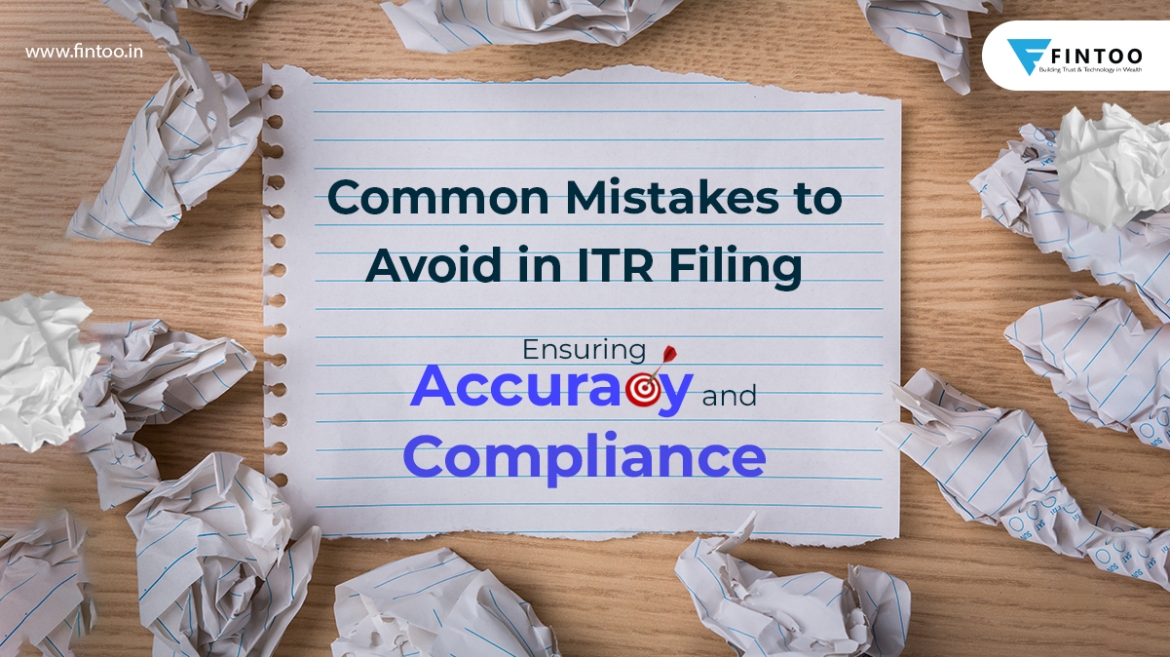

Common Mistakes to Avoid while filing ITR
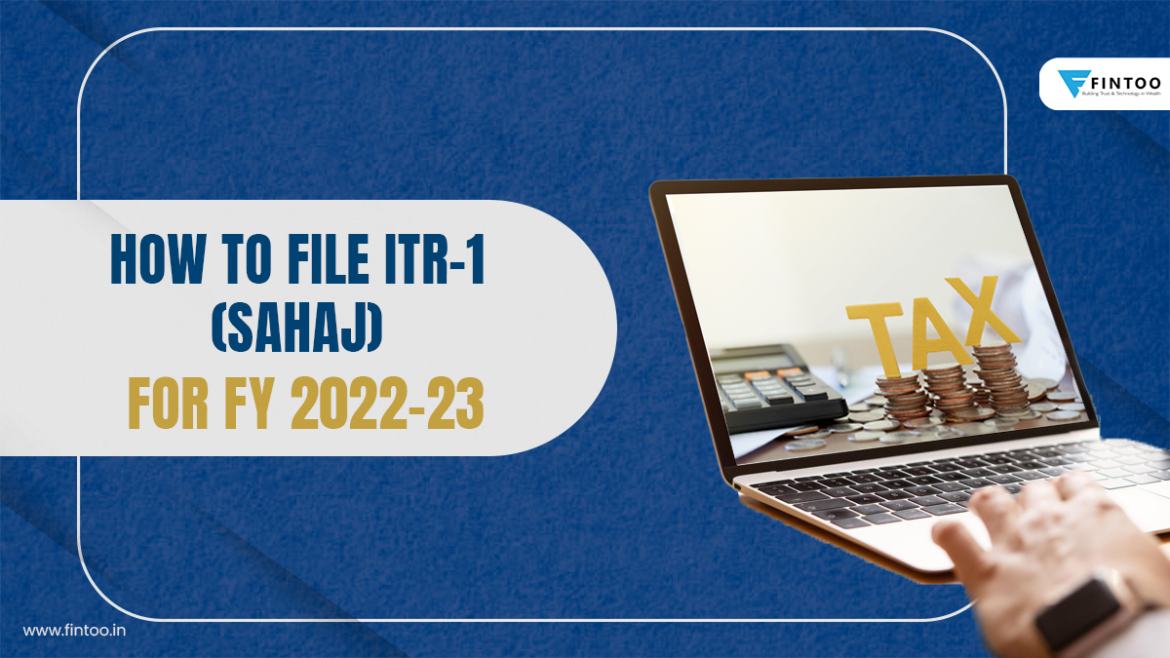

How To File ITR-1 SAHAJ Online In FY 2022-23?
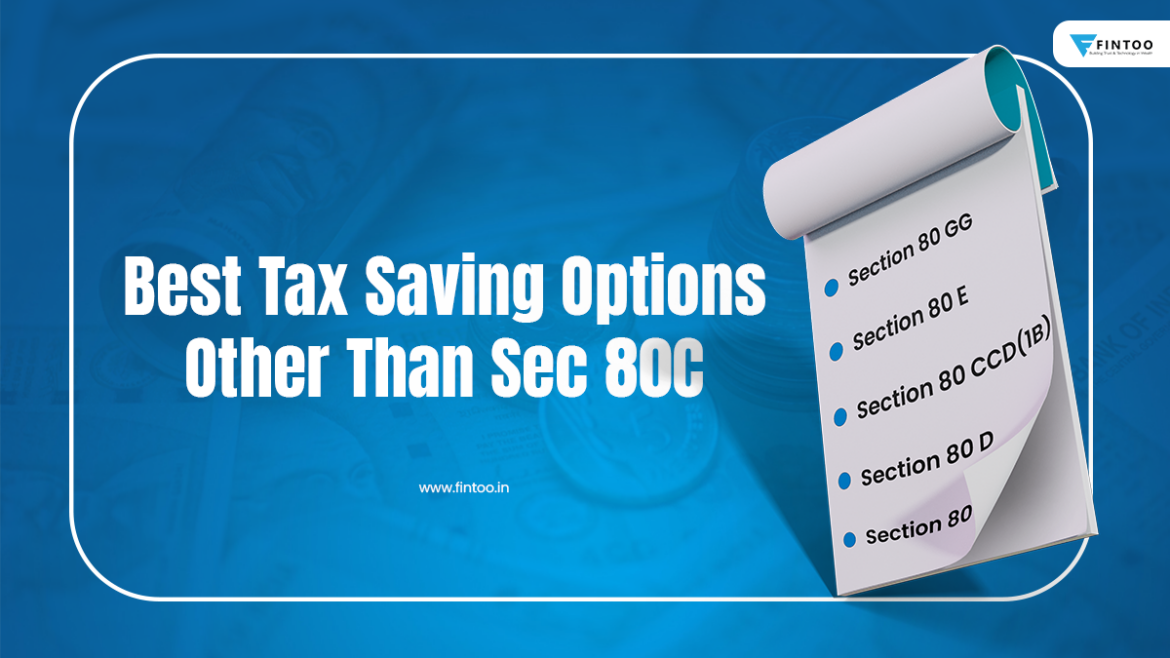

Best Tax Saving Investment Options Other Than Section 80C
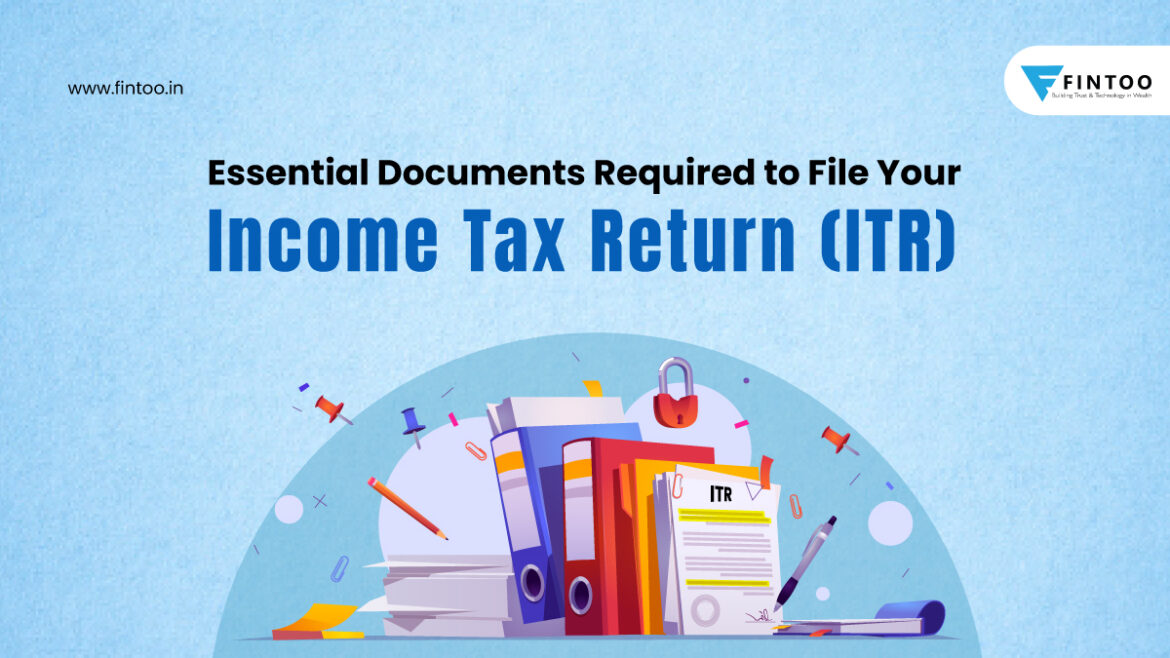

Documents Required to File Your Income Tax Return (ITR)


Decoding Major Deductions Under Old Tax Regime
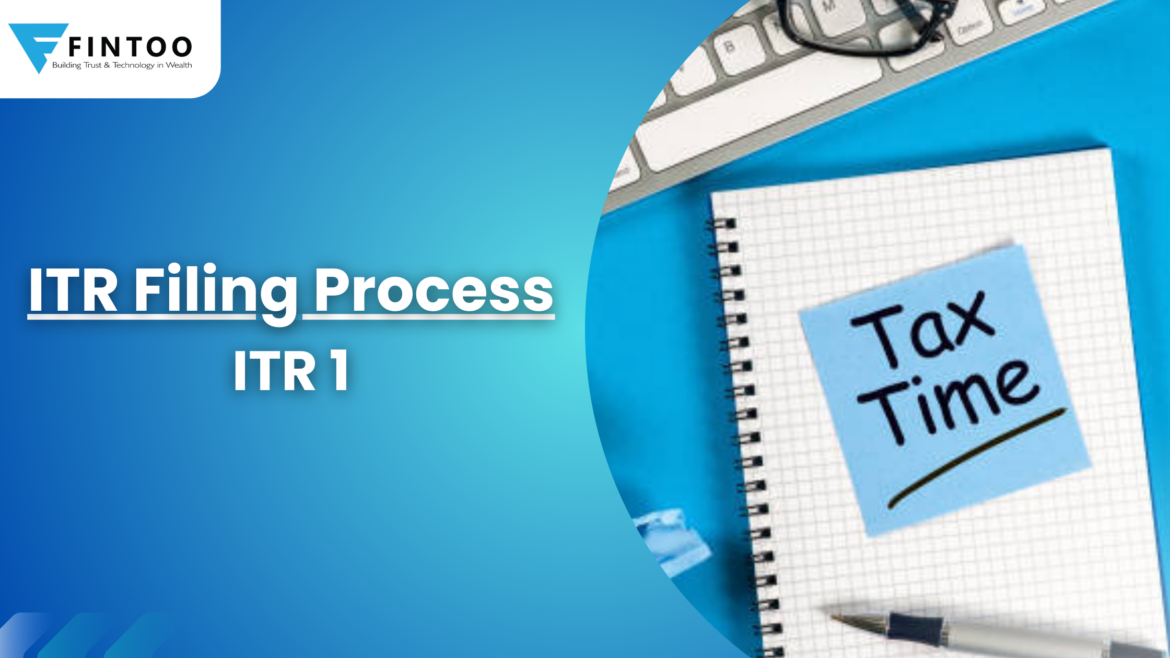

ITR 1 FILING PROCESS
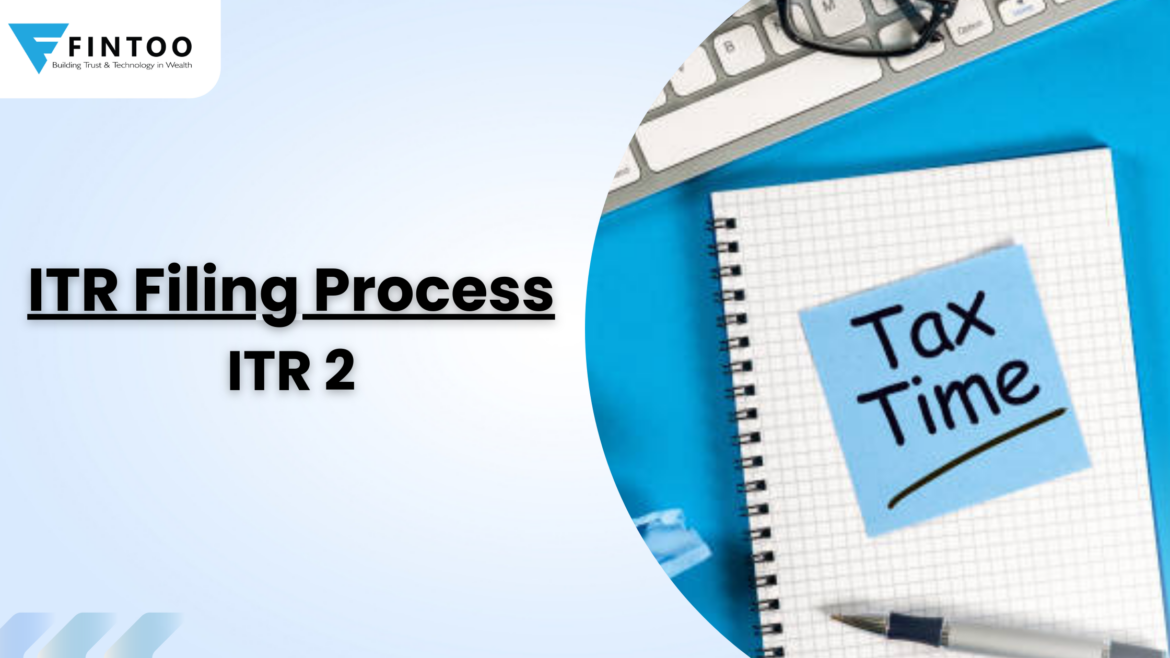

ITR 2 FILING PROCESS
